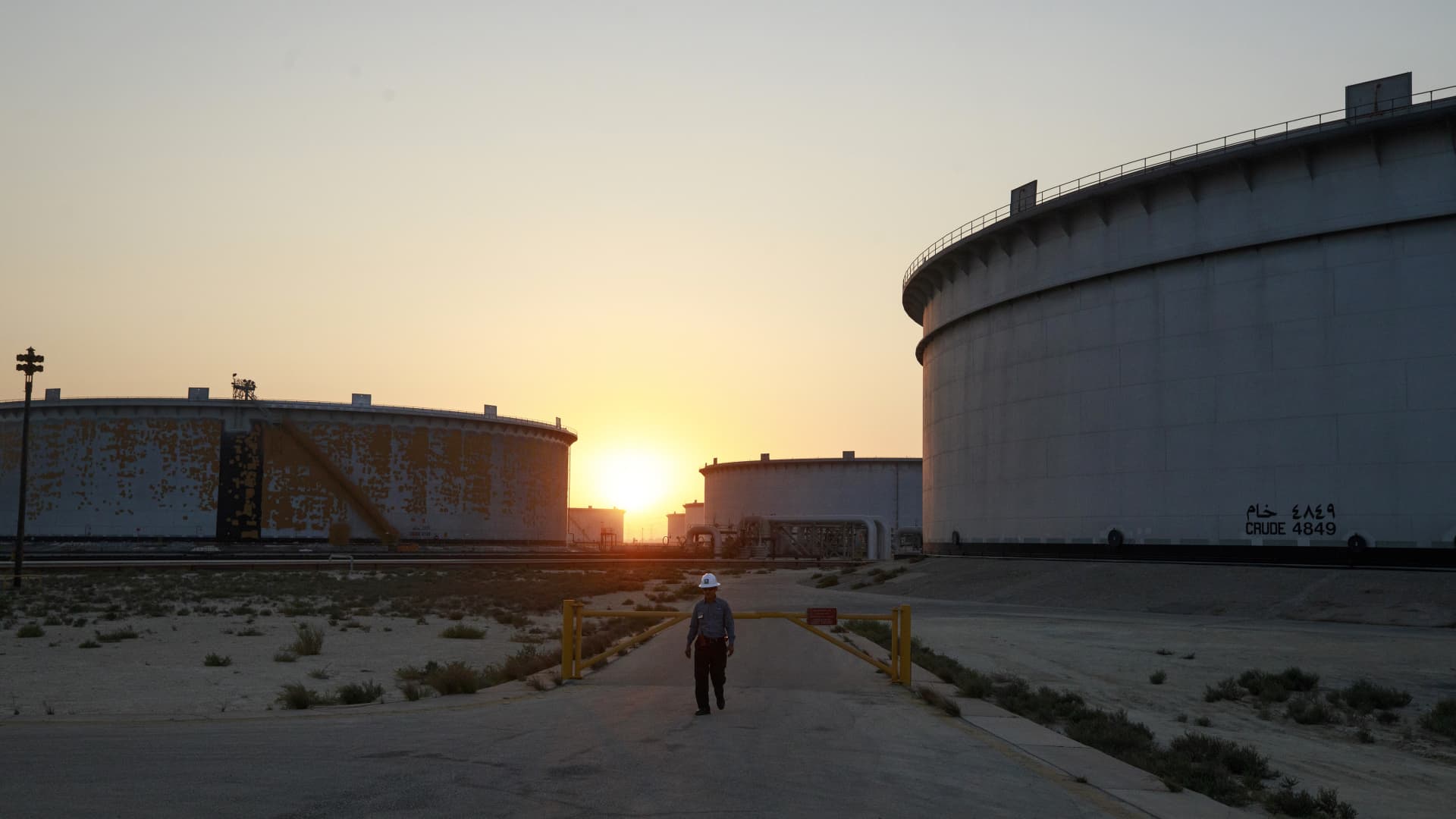I expect that when the large oil companies transition into energy companies and buy up all the renewable generation — thus continuing their oligarchy — the FUD will cease around wind turbines. Very few people cared that birds died from the pollution caused by coal-fired power stations, but one sparrow gets hit by a turbine and the deal’s off.
A wind farm in Tasmania has pioneered a novel solution. Probably would have been simpler and less expensive to build the wind farm somewhere else. However, what they have come up with could be a world first, and might be useful in many countries around the globe.
The Cattlehill Windfarm in Tasmania’s central highlands is trialling a way to mitigate the impacts on the endangered Tasmanian wedge-tailed eagle. Using tower-mounted optical units, eagles are detected, their flight path analyzed, and turbines in their way are shut down. There has only been one fatality so far, and that was likely due to human error.
One common argument against the use of wind turbines is the belief that they cause a lot of bird deaths. (Trump said so!) There is not a lot of empirical data on this issue. What there is suggests that far more bird deaths are caused by the pollution from coal and gas fired power generation and cats. “Wind farms killed approximately seven thousand birds in the United States in 2006 but nuclear plants killed about 327,000 and fossil-fuelled power plants 14.5 million,” according to a 2019 study.
A Canadian study found that the vast majority of bird deaths were from feral cats, followed by domestic cats. In all, 60% of all bird deaths are caused by cats. The Royal Society for the Protection of Birds in the UK has put in a wind turbine at its headquarters to make the point that more birds will die from climate change than from this form of renewable energy generation.
Back in Tasmania, the Identiflight system is being fine-tuned. As a side effect, it is collecting massive amounts of data about the flights of eagles, with over 3 million images taken and over 130,000 flight paths tracked. And the economics — each shutdown lasts about 2 minutes, leading to a total of about 14 hours curtailment over 48 turbines on a daily basis. The eagles don’t fly at night and that is when the wind is blowing the most.
This good corporate behavior is generating a better social license for the wind power industry, an example that could be followed in other parts of Australia and around the world.
Related story: IdentiFlight AI System Hugely Reduces Bird Fatalities At Wind Farms

